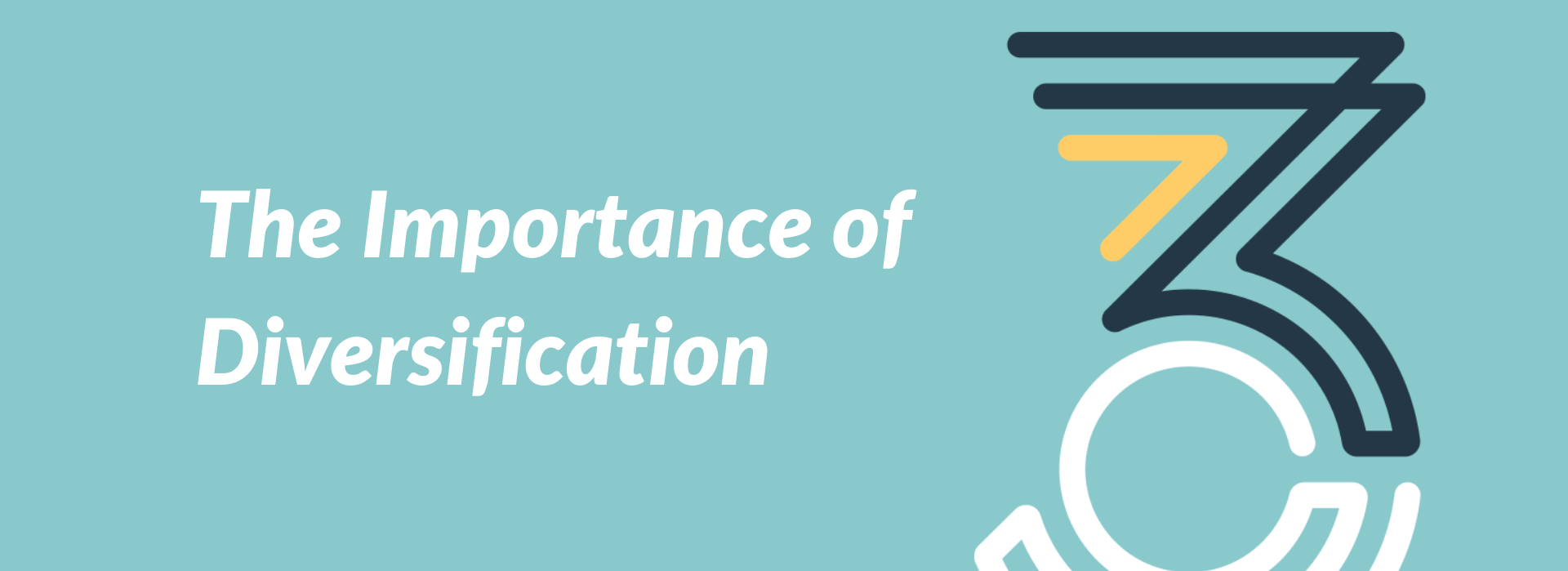As financial advisers, we constantly talk about the importance of diversification within an investment portfolio. I’m sure at times, we sound like broken records!
However, this quilt chart below from JP Morgan’s Guide to the Markets illustrates so simply, just why we go on about it.
The chart above provides you with a year-by-year account of which asset classes have been the top performers. If you just had to pick one, which would you go for? I’m sure that at a glance, many of you would go the green- the Large Cap Equities. Or maybe the muddy mauve colour- REITs. Green seems to have had a decent run. Mauve too, bar a couple of bad years. But if you cast your eyes to the right-hand column, you can see just how volatile their journeys have been.
This is the key. Volatility can be thought of as the measure of how bumpy the road will get. The ‘peak to trough’ fall of a more volatile asset class will be far bigger than on a less volatile asset class. In essence, the more volatile an asset class, the higher the highs, but the lower the lows. As you can see, both REITs and Large Cap Equities can be pretty all over the place.
This isn’t in itself a bad thing if you’re in it for a rollercoaster-ride of returns. For some of us, perhaps those who are relatively early in working life, squirrelling away money for 30 years down the line, volatility can actually be our friend (this reminds me- I’ll write about pound-cost averaging soon). However, for those of us with a pot of money to look after, we don’t necessarily want the unpredictability of a volatile portfolio- nor the stress that comes with it.
Take a look at the grey boxes- Asset Allocation. These boxes refer to a mixed portfolio, roughly medium-risk, with a blend of around 60% equities (from various sectors, countries etc) with the other 40% being ‘defensive’ assets (mainly, but not limited to, a mixture of bonds). As you will see from the line connecting them, the peak to trough volatility doesn’t reach the top, nor does it reach the bottom. That’s what diversification does for you. If you look at the right-hand column, the diversified portfolio is in fact one of the least volatile boxes, yet brings with it a far better return than the Fixed Income and Cash boxes below.
Think of it as an “all-weather” approach to investing.
Different asset classes perform well in different economic circumstances. A change in the economic backdrop can be good news for one asset class whilst simultaneously being bad news for another. Getting the balance right between these relationships is crucial when creating a risk-adjusted portfolio. The word ‘correlation’ is often used here- how correlated are the asset classes to one another? Do we have a ‘see-saw’ type of negative correlation, or do they behave similarly? The blend of asset classes will always take into account how their returns interact with one another.
A diversified portfolio can be tailored to any level of risk- the higher your growth expectations (and volatility tolerance), the higher the proportion of equities within the portfolio. Similarly, if you want to reduce the volatility, more defensive assets are blended into the mix. The key is not to put ‘all your eggs in one basket’ if you want to maximise returns whilst reducing volatility.
Note: If you are one of our clients reading this, you will recall the hugely profitable long-dated gilt sale we made amidst the market falls of 2020. That was diversification at its best.
If you wish to discuss the contents of this blog post please contact corryn.wild@three-counties.co.uk or telephone the office on 0191 230 3034.
Disclaimer: The above content does not constitute financial advice. Your circumstances may differ from those outlined and you should seek advice which is relevant to your own situation.


